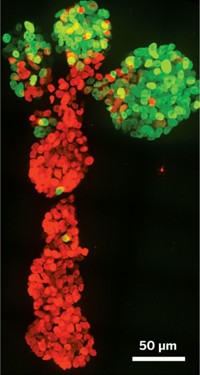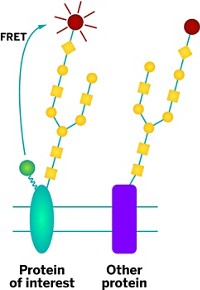Advertisement
Grab your lab coat. Let's get started
Welcome!
Welcome!
Create an account below to get 6 C&EN articles per month, receive newsletters and more - all free.
It seems this is your first time logging in online. Please enter the following information to continue.
As an ACS member you automatically get access to this site. All we need is few more details to create your reading experience.
Not you? Sign in with a different account.
Not you? Sign in with a different account.
ERROR 1
ERROR 1
ERROR 2
ERROR 2
ERROR 2
ERROR 2
ERROR 2
Password and Confirm password must match.
If you have an ACS member number, please enter it here so we can link this account to your membership. (optional)
ERROR 2
ACS values your privacy. By submitting your information, you are gaining access to C&EN and subscribing to our weekly newsletter. We use the information you provide to make your reading experience better, and we will never sell your data to third party members.
Analytical Chemistry
Nanotube Detects Enzyme Motion
Researchers track the motions of a single enzyme by attaching it to a carbon nanotube in a field-effect transistor
by Bethany Halford
January 23, 2012
| A version of this story appeared in
Volume 90, Issue 4
Enzymes and nanotubes may seem unlikely partners in a molecular two-step. But by tethering lysozyme to the carbon nanotube in a field-effect transistor (FET), scientists are now able to electronically monitor the enzyme’s movements (Science, DOI: 10.1126/science.1214824). This approach gives researchers a new way to follow enzyme movement over relatively long periods of time—something that can be difficult to do with fluorescence techniques because of signal bleaching. Gregory A. Weiss, Philip G. Collins, and colleagues from the University of California, Irvine, modified T4 lysozyme, an enzyme that hydrolyzes polysaccharides in bacterial cell walls, by covalently attaching a pyrene anchor to one of its cysteine residues. The pyrene then associates via π–π interactions to the single-walled carbon nanotube that makes up the FET’s conductive channel. As the enzyme moves, the FET detects changes in electrostatic potentials. In this manner, the researchers were able to tune into two different hinge-bending motions in the enzyme: one that comes from the hydrolysis of the polysaccharide and one that arises from nonproductive binding events.




Join the conversation
Contact the reporter
Submit a Letter to the Editor for publication
Engage with us on Twitter